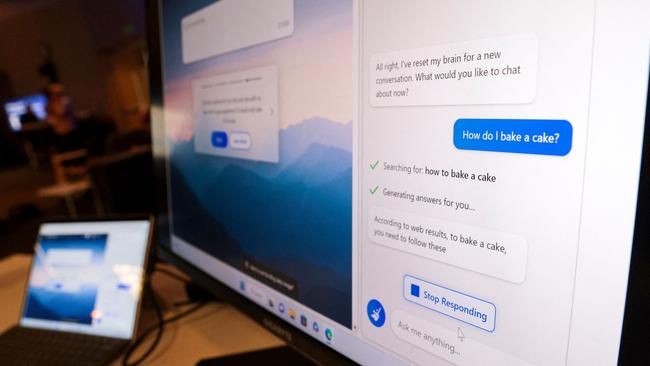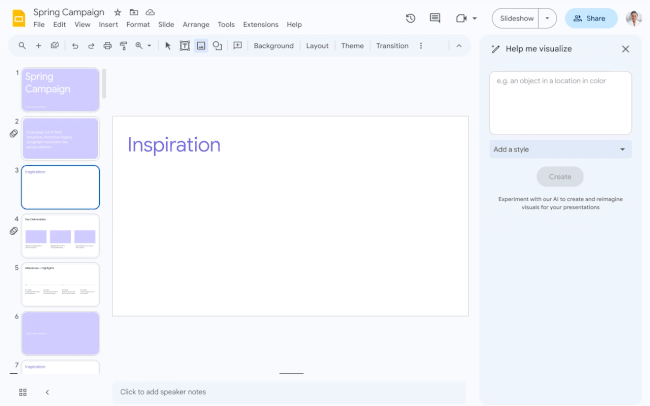Half of Australian workers fear AI replacement
Almost half of all workers worry artificial intelligence will replace their jobs, but even more – 64 per cent – want to delegate as much work as possible to AI.

Almost half of all workers worry artificial intelligence will replace their jobs, but even more – 64 per cent – want to delegate as much work as possible to AI to lessen their workloads.
At the same time, an overwhelming majority of managers are looking to hire employees with skills to adapt to growing use of artificial intelligence in the workplace, a global survey commissioned by Microsoft has found.
The results comes amid escalating concern about the potential dangers of generative AI, with OpenAI founder Sam Altman – of ChatGPT fame – using an appearance before a US Senate committee to urge regulation of the field.
The Microsoft survey, conducted by Edelman data and intelligence, polled 1000 full-time Australian workers between February and mid-March, as well as employees in 30 other countries.
It found 85 per cent of Australian business leaders said employees they hired would need new skills to be prepared for the growth of AI. This compared to 82 per cent of all leaders globally.
Thirty-one per cent of Australian managers said AI integration in the workplace would boost productivity and 14 per cent thought it would lead to job losses.
Meanwhile, 46 per cent of Australian workers said they feared AI would replace them, compared to 49 per cent globally.
The release of AI chatbots such as ChatGPT and Google Bard, among others, has stirred nascent fears of workforce changes, as major technology platforms have started to integrate AI chatbots into everyday office software.

Microsoft – early investors in OpenAI – recently expanded access trials of Microsoft 365 Copilot. That program integrates GPT-4, a more advanced version of the large language model beneath the free ChatGPT, in Microsoft’s suite of ubiquitous Office products including Word, PowerPoint, and Outlook.
Google last week expanded the scope of Duet AI, which it said it would embed into its analog – Google Docs, Slides, Sheets, Meet, and Gmail.
These systems can write emails, create AI-generated images for slide decks, generate summaries of email conversations and video calls, and communicate between applications.
Companies are also beginning to integrate large language models into their operations in various ways, be it indexing databases or writing drafts.
Microsoft Australia and New Zealand director of modern work Jane Mackarell said integration of AI into workplace tools could allow employees to spend more time on “higher-order work”.
“Rather than reading emails and attending meetings … it may also bring a little bit of joy to work,” she said.
“I have faith that if (AI is) used in the right way, but also if it’s introduced and regulated in the right way, we will see some really good gains in the workplace.”
On the other hand, IBM chief executive Arvind Krishna recently said 30 per cent of non-consumer facing roles in his company could be replaced by AI and automation within the next five years.



